
The Oral Torah thoughout the ages conclusion:
B"H
1) Thesis and Frame: What We’re Really Arguing
The claim is simple and stark: the Oral Torah is not a late human invention. It is the living legal system—the operating system—that accompanied the Written Torah from Sinai. It was transmitted (Moshe → Yehoshua → Elders → Prophets → Men of the Great Assembly), developed through authorized methods as new cases arose, and finally crystallized in the Mishnah, Tosefta, Midreshei Halakha, and Gemara. This system is the only historically continuous way Jews have actually kept the commandments. Without it, Torah collapses into ambiguity or becomes a patchwork of private guesses masquerading as “Bible-only.”
Core idea: The Written Torah assumes a functioning interpretive authority. You can’t keep Shabbat, perform shechitah, tie tzitzit, adjudicate damages, or even pronounce the text consistently without a living halakhic tradition. The Oral Torah is that tradition.

2) Sanity Check: Internal Coherence
A sound case must be consistent in itself. The defense of the Oral Torah proceeds in a clean arc:
Necessity: The Written Torah leaves key commands under-specified; a lawful interpretive system is required.
History: Second Temple sources (Maccabees, Josephus, Dead Sea Scrolls) show unwritten “traditions of the fathers” long before the Mishnah.
Crystallization: When dispersion and forgetfulness threatened, the tradition was reduced to writing (Mishnah/Gemara), just as the masoretic niqqud later fixed the oral reading on the page.
Scope and categories: It distinguishes halakha (binding law) from aggadah (non-legal lore); mystical texts are not legislative.
Conclusion: To practice Torah coherently, you must live inside this halakhic continuum.
This is internally consistent: the same rationale that makes niqqud necessary to read Scripture makes halakha necessary to live it.
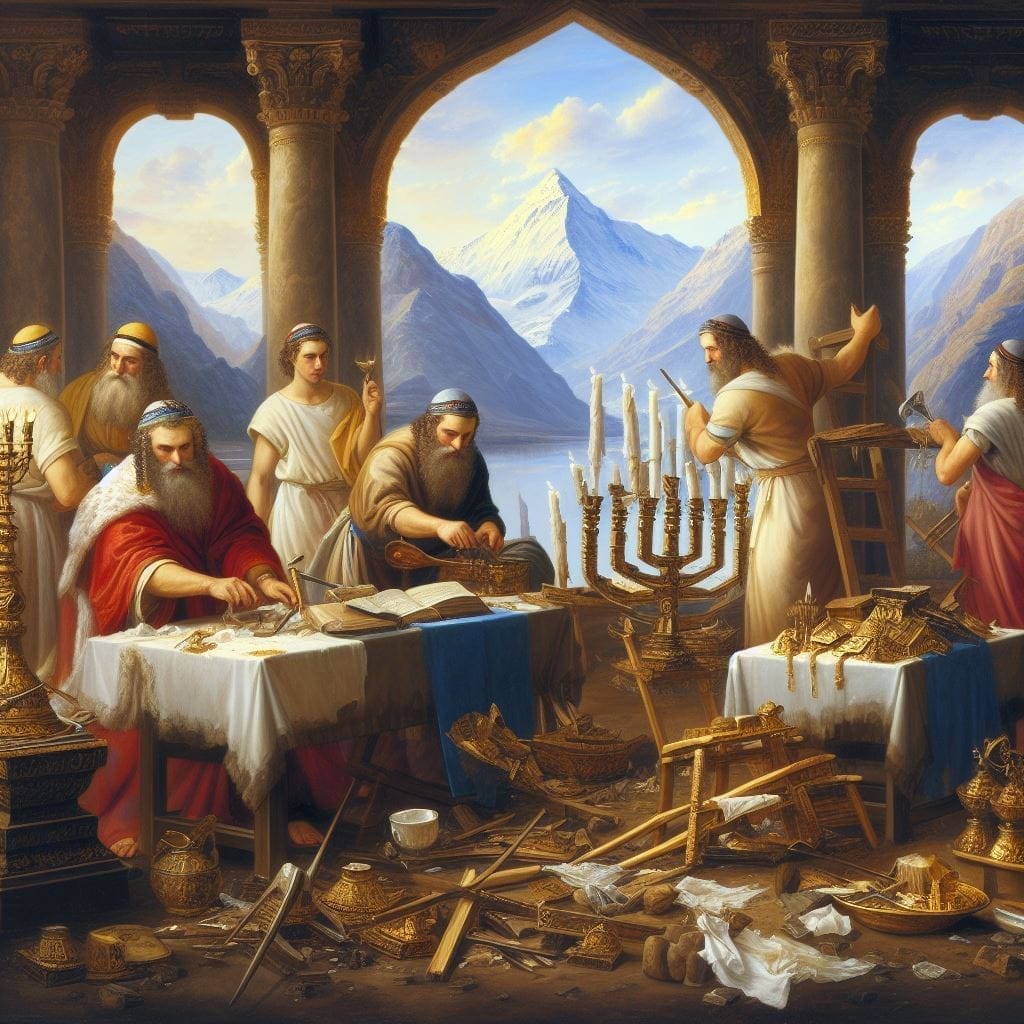
3) Historical Anchors: Before the Mishnah
The question “Did an oral law exist before the Mishnah?” is answered by the period itself.
Pharisees vs. Sadducees: The Pharisees explicitly maintained “ancestral traditions not written in Moses’ Law.” The Sadducees rejected them—and disappeared. The group that carried forward Judaism was the tradition-centric one.
Maccabean Era: The Hasidim/Hasideans emerge as intensely law-observant. Their piety is not “make-it-up-as-you-go”; it presumes inherited interpretations.
Dead Sea Scrolls (4QMMT and others): These are halakhic documents arguing point-by-point legal disputes that the Tannaim later record. In other words, the kinds of rulings seen in the Mishnah are already in circulation a century or more earlier.
Inference: Whatever you call it—“tradition of the fathers,” “ancestral rulings,” “halakha”—there was a robust oral-legal culture pre-Mishnah. The rabbinic movement codified an existing stream; it did not conjure it from thin air.
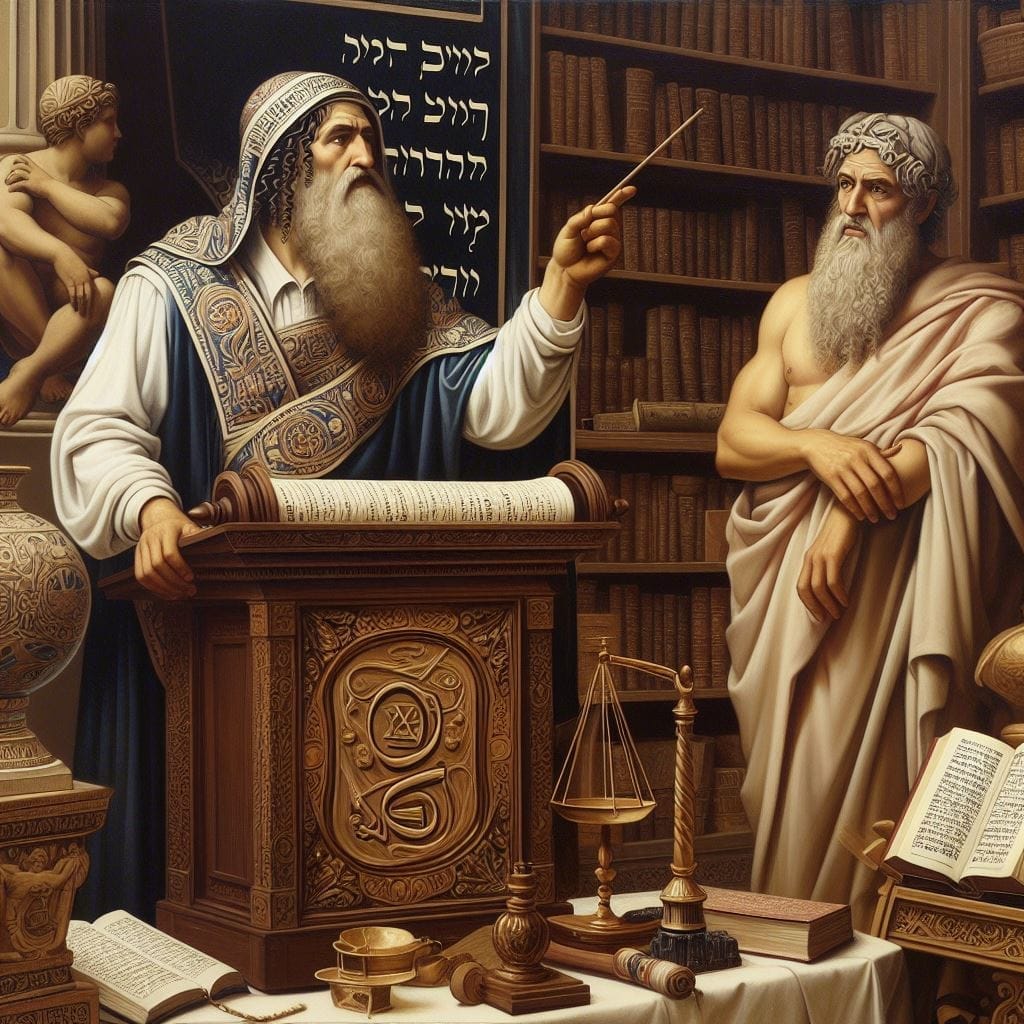
4) Textual Necessity: Why Written Alone Isn’t Enough
Some commandments cannot be done at all without additional instruction:
Shechitah (ritual slaughter): The Torah says “slaughter as I have commanded you” but never writes those commands out. Either Moshe taught them orally, or Israel later invented them. If invented, by whom, when, and how did the whole people adopt them?
Shabbat: “Do no work” is too general for courts and communities. The 39 melachot translate “no work” into a concrete legal map, derived from the Tabernacle labors. Without that map, Shabbat is vibes, not law.
Tzitzit: The text requires fringes with a thread of blue. How many strands? How tied? Which corners, which garments? The remarkably stable, cross-diasporic practice points to a shared halakhic template.
Reading the Torah: The Sefer Torah has no vowels. The correct vocalization and cantillation were preserved orally and later fixed by niqqud and trope. Anyone reading a vocalized Tanakh is leaning on Oral Torah.
Bottom line: Torah commands outcomes; the Oral Torah specifies procedures. That’s not optional—it's what makes covenant life possible.
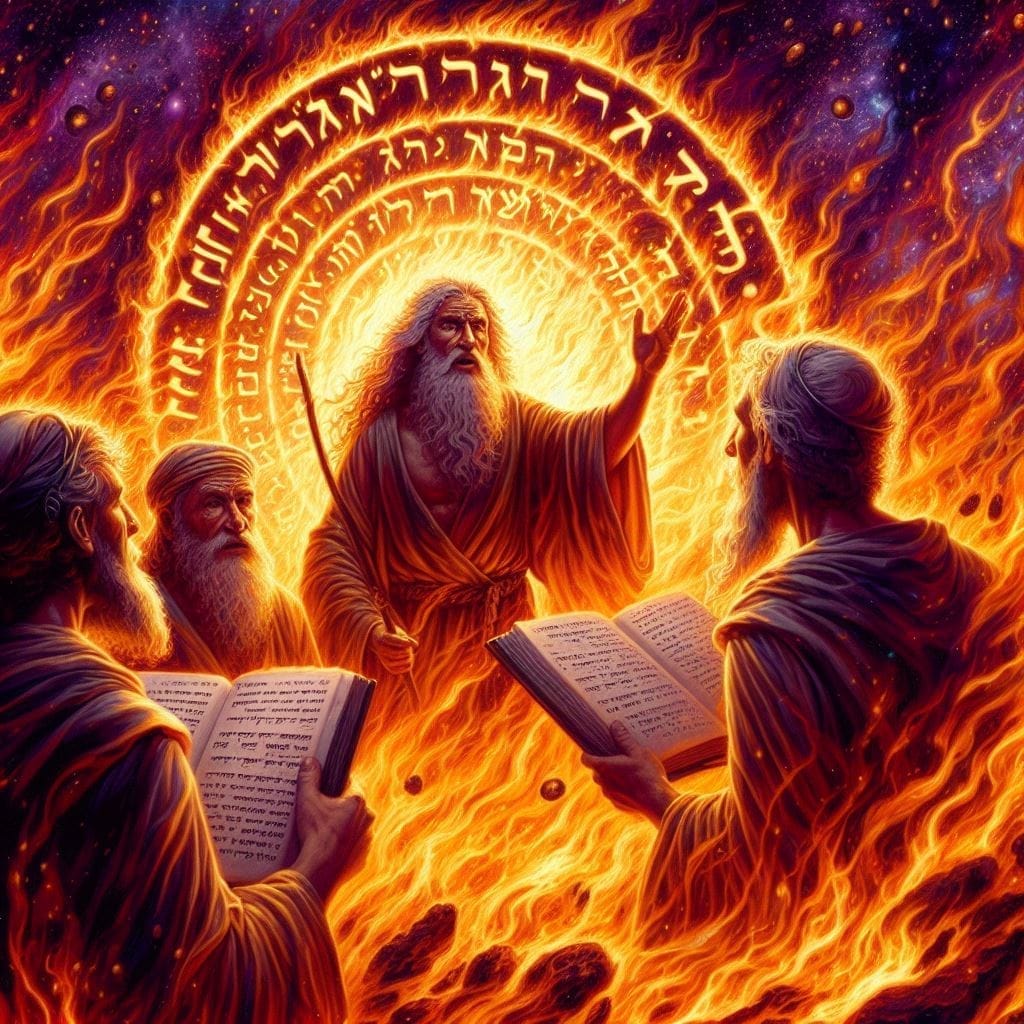
5) Niqqud: Oral Torah You Already Use
Niqqud is the “aha” example. The Masoretes did not invent Hebrew vowels; they encoded the inherited oral reading into a written system so dispersed communities would remain aligned.
This is Oral Torah in miniature:
Ketiv vs. Keri: The consonantal text (ketiv) is the written layer; the traditional reading (keri) is the oral layer.
Masoretic project: Capturing pronunciation and cantillation made the oral layer visible. Translations, lexicons, and every sermon you’ve ever heard rely on that stabilization.
Takeaway: Critics who disdain “oral tradition” nevertheless depend on it every time they read the Bible. That dependence is not hypocrisy; it proves the design: God gave a text meant to be read and taught within a living tradition.

6) Halakha vs. Aggadah: Clearing Category Confusion
A common tactic is to cite midrashic flights or kabbalistic imagery and claim, “See? Judaism is built on fantasy.” This confuses genres:
Halakha = binding law (the body our case defends).
Aggadah = non-binding narrative/ethic/theology (inspiring, not legislating).
Kabbalah = mystical literature influencing custom/spirituality, not a primary source of law.
The Oral Torah’s legal chain does not depend on the literal truth of a midrashic story or a Zoharic metaphor. The halakhic process—sources, methods, precedents, authority—stands on its own feet.
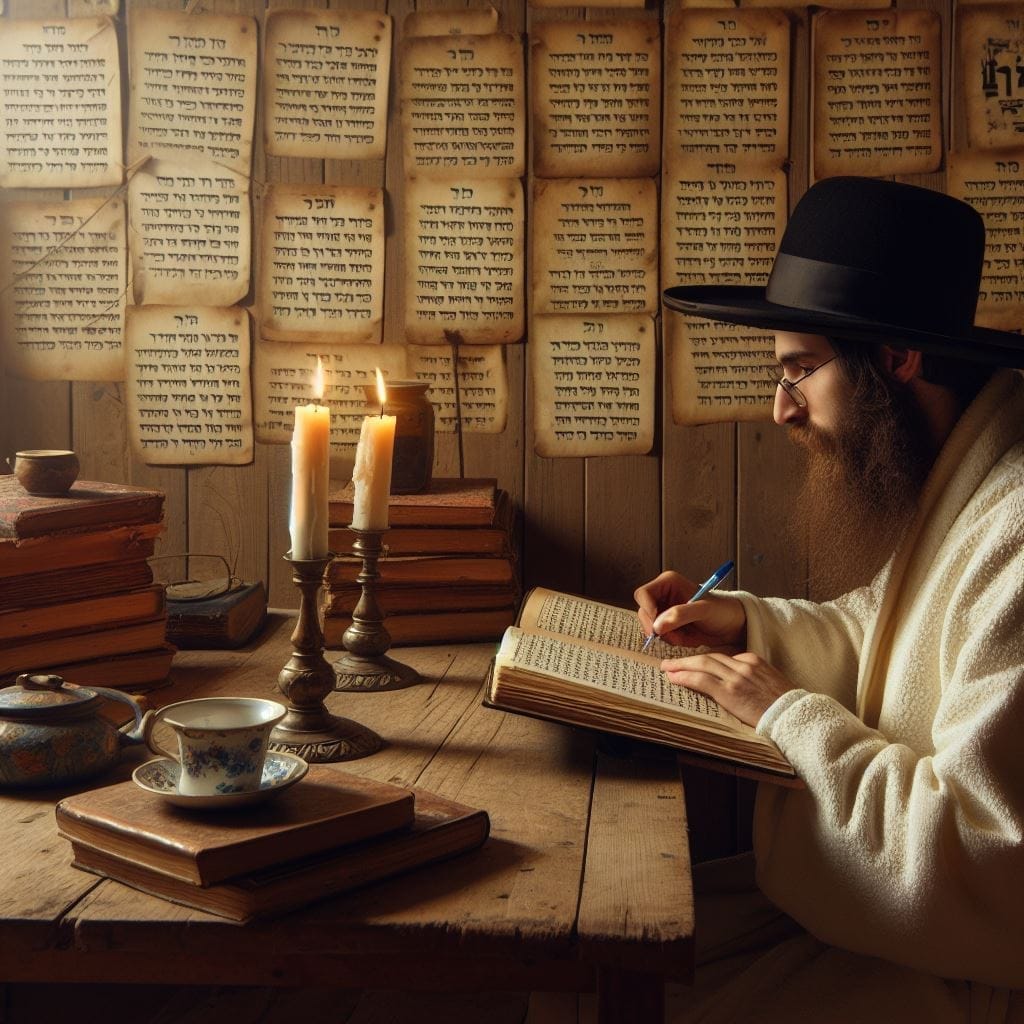
7) The Logical Skeleton
Boiled down:
If God intended Israel to do the commandments, then He provided (or authorized) a method to specify and apply them across cases, times, and places.
Judaism in the Second Temple era is saturated with unwritten norms and recognized legal authority.
That authority traces (by claim and practice) to Sinai—not as a frozen transcript but as a framework (principles + exemplars) that sanctions reasoned development.
Attempts to keep Torah without that framework either fragment or recreate a tradition in miniature (usually by borrowing rabbinic norms piecemeal).
Therefore, the only historically viable, coherent way to live the Torah is within the rabbinic Oral Torah continuum.
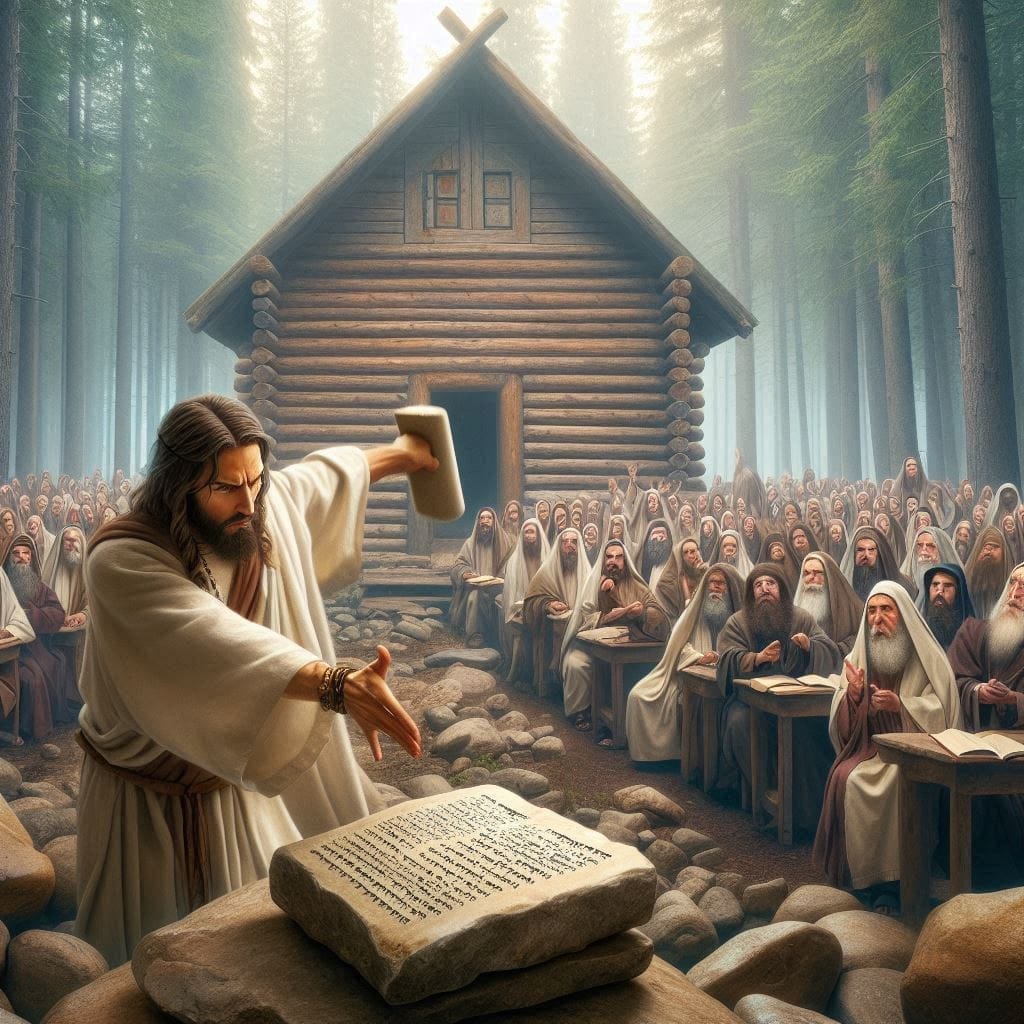
8) What About Yeshua? The New Testament Angle
The most cited objection is: “Jesus condemned the traditions of men.
” The response requires precision:
Target of critique: Yeshua attacks abuses—hypocrisy, loopholes (e.g., Corban used to dodge honoring parents), performative stringency—not the existence of an authoritative teaching office.
Recognition of authority: “The scribes and Pharisees sit in Moses’ seat; therefore, do what they tell you—but don’t imitate their hypocrisy.” That is an affirmation of teaching authority joined to a moral critique of behavior.
Yeshua’s practice: He attends synagogue, reads haftarah, wears tzitzit, observes festivals—the lived matrix of Oral Torah. He argues halakha by principle and precedent (David and the bread; priests on Shabbat), exactly how halakha reasons.
Burden vs. yoke: He offers a true yoke—not lawlessness, but law oriented by mercy, justice, and humility. That is the rabbinic ideal as well: distinguish d’Oraita (biblical) from d’rabbanan (rabbinic), weigh values, and protect life.
Thus, the Gospels, read closely, do not annul the idea of Oral Torah. They indict its misuse.

9) “Too Burdensome”? Or Just Detailed on Purpose
“Thousands of rules” can feel heavy from outside. From inside, halakha is a shared craft that orders life around holiness:
Detail clarifies: Like medicine or music, craft requires detail. A page count isn’t a burden; it’s institutional memory.
Mercy mechanisms: The system includes leniencies, doubt principles, pikuach nefesh (life overrides), minority views preserved for future need, and pastoral application.
Reality check: Groups that reject rabbinic law either end up borrowing it (quietly) or inventing their own fences (often stricter and less humane). “Simplicity” usually means selectivity, not completeness.
The question is not “few rules or many,” but “coherent, time-tested rules or ad-hoc improvisation.”
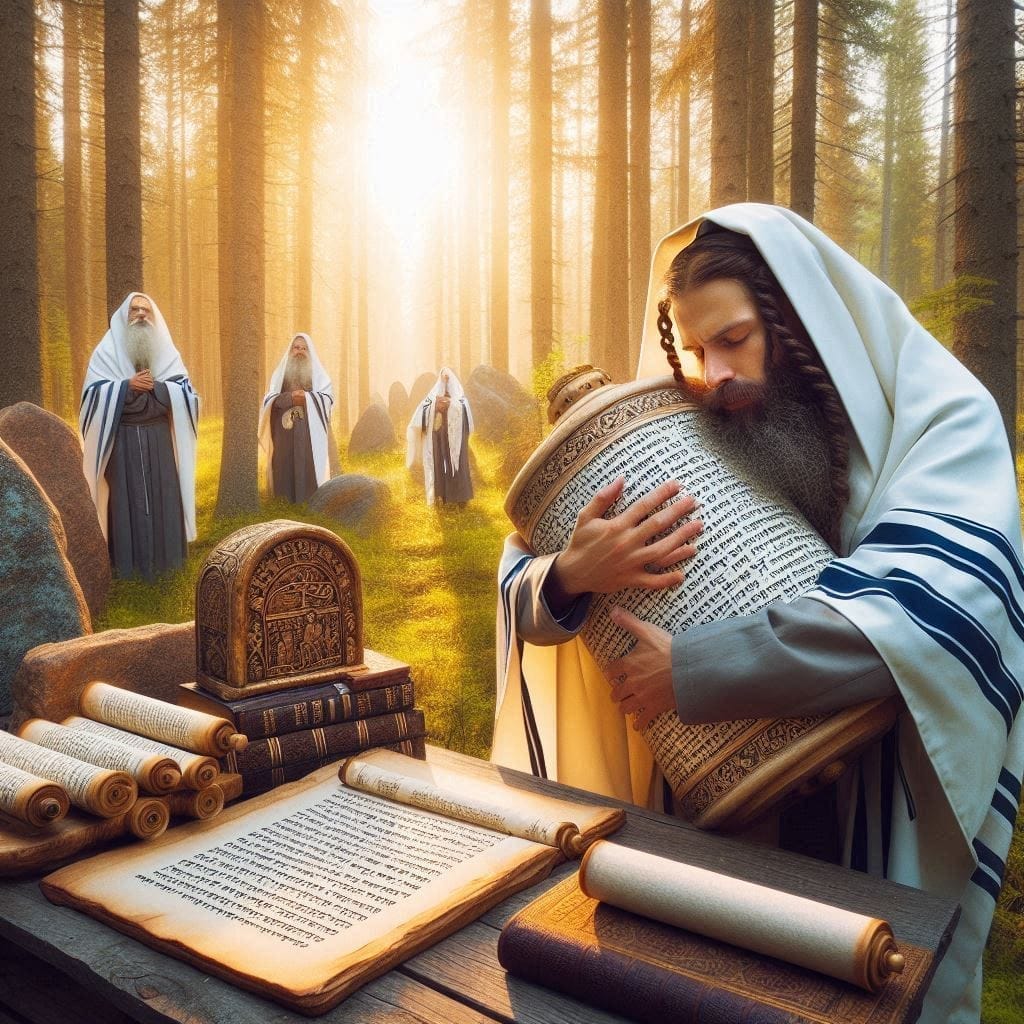
10) “Contradictions” That Aren’t: Three Case Studies
(a) “Eye for an eye” — Rabbinic law reads it as monetary compensation, not gouging. Why? The context already mandates damages for injury; proportionality is achieved by valuation, not mutilation. This is interpretation, not annulment—fulfilling justice consistently.
(b) Meat and milk — The Torah’s triple ban on boiling a kid in its mother’s milk is read as a general separation of meat and dairy. Even if you’d argue for a narrower literal scope, establishing a fence here protects against a morally repugnant mixture and removes constant gray zones.
Crucially: rabbinic law labels this as rabbinic policy where it is; it isn’t smuggled in as “Torah from Sinai.”
(c) Shofar when Rosh Hashanah falls on Shabbat — The suspension outside the Temple (to prevent carrying) is a shev v’al ta’aseh (sit and refrain) in service of Shabbat’s prohibitions, not a casual override. It’s a classic conflict-of-duties mediation inside the system the Torah itself empowers (Deut 17).
In each case, the Oral Torah is doing law, not games: harmonizing texts, values, and communal safety.
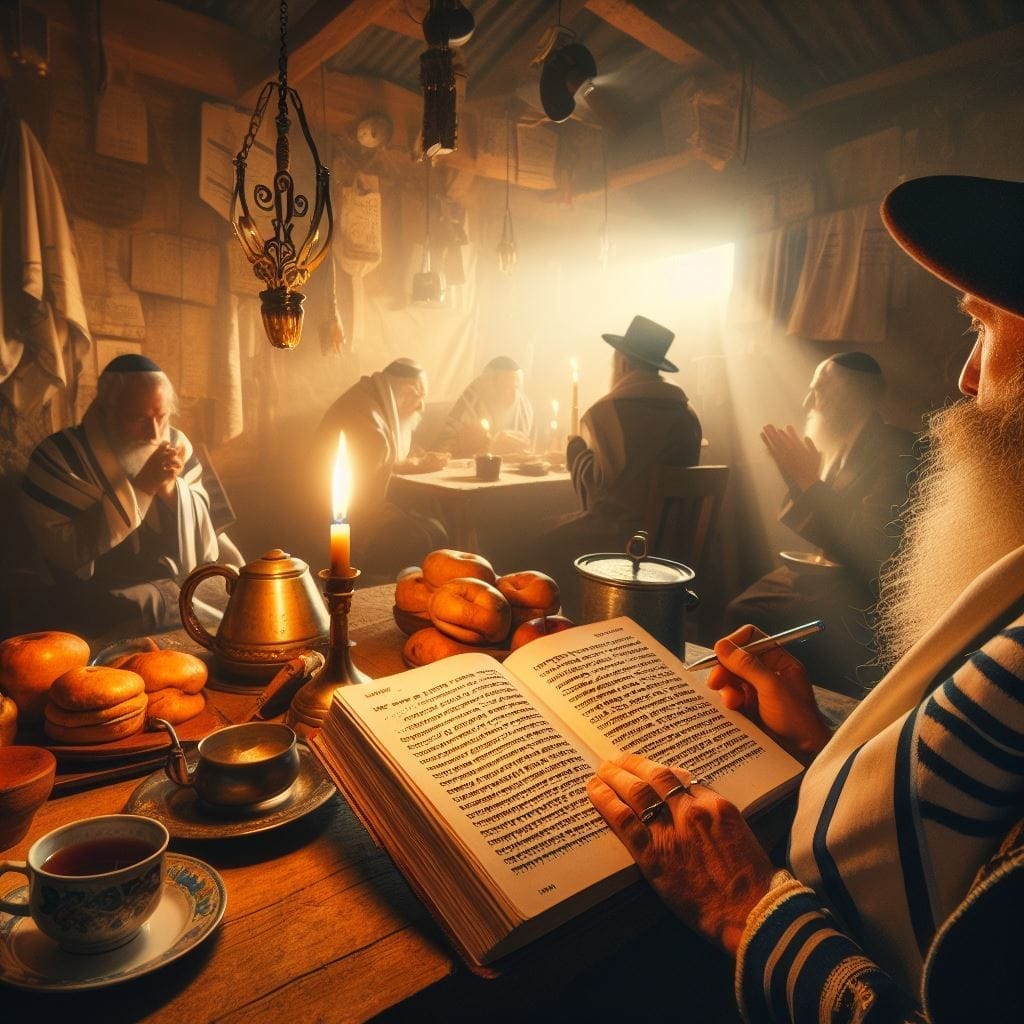
11) Authenticity and the Charge of Drift
“But how do we know the rabbinic path is the right one?”
Continuity that survives: The line that preserved Torah through destruction and exile is the Pharisaic/rabbinic line. Sadducees and Essenes vanish; Karaites remain a small offshoot and, across time, develop their own oral literature anyway.
Documented cross-checks: Second Temple finds (phylacteries at Qumran; purity debates; Sabbath controversies) show rabbinic motifs already in play. Masoretic stabilization of text and niqqud has been widely corroborated by manuscript evidence.
Method, not myth: The Talmud preserves debates and minority opinions on purpose. The meta-principle (“These and those are the words of the living God”) recognizes that divine law contains principled plurality at the level of reasoning, even while ruling follows majority for practice. That is intellectual honesty, not drift.
If one trusts Israel to preserve the Written Torah, it is incoherent to deny that same Israel the capacity to preserve the legal understanding that makes the written text livable.
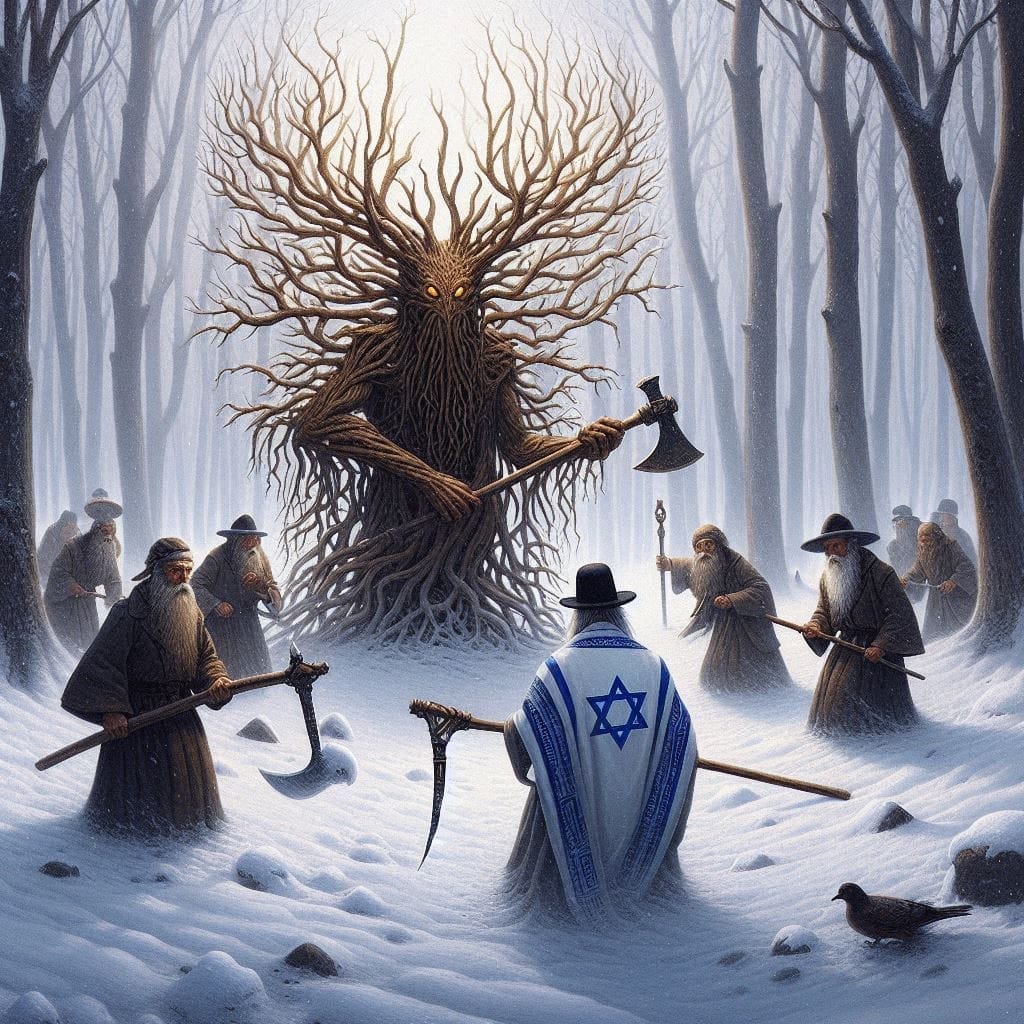
12) The Hebrew Roots Dilemma (Exposed)
A movement that insists on “Torah!” but rejects the only known system for practicing it faces a fork:
Either it borrows rabbinic norms (calendar cycles, festival contours, Hebrew text/niqqud, definitions of work, ritual forms) while loudly denying it—that’s parasitic consistency;
Or it reinvents a new mini-tradition from scratch, which quickly fragments and contradicts itself.
There is no sustainable third option. The Torah is not a private DIY kit; it is the constitution of a covenant people—with a court, a method, and a memory.

13) The Binary That Isn’t a Bluff
The conclusion often sounds blunt: either accept the rabbinic Oral Torah or admit you cannot truly keep the Torah.
That’s not rhetorical bravado; it simply states the visible structure of history and practice:
Torah assumes authoritative interpretation.
Jewish history exhibits one continuous interpretive civilization.
Groups that reject it either fade or mirror it piecemeal.
If you love the Torah, the honest path is to enter the system that kept it.
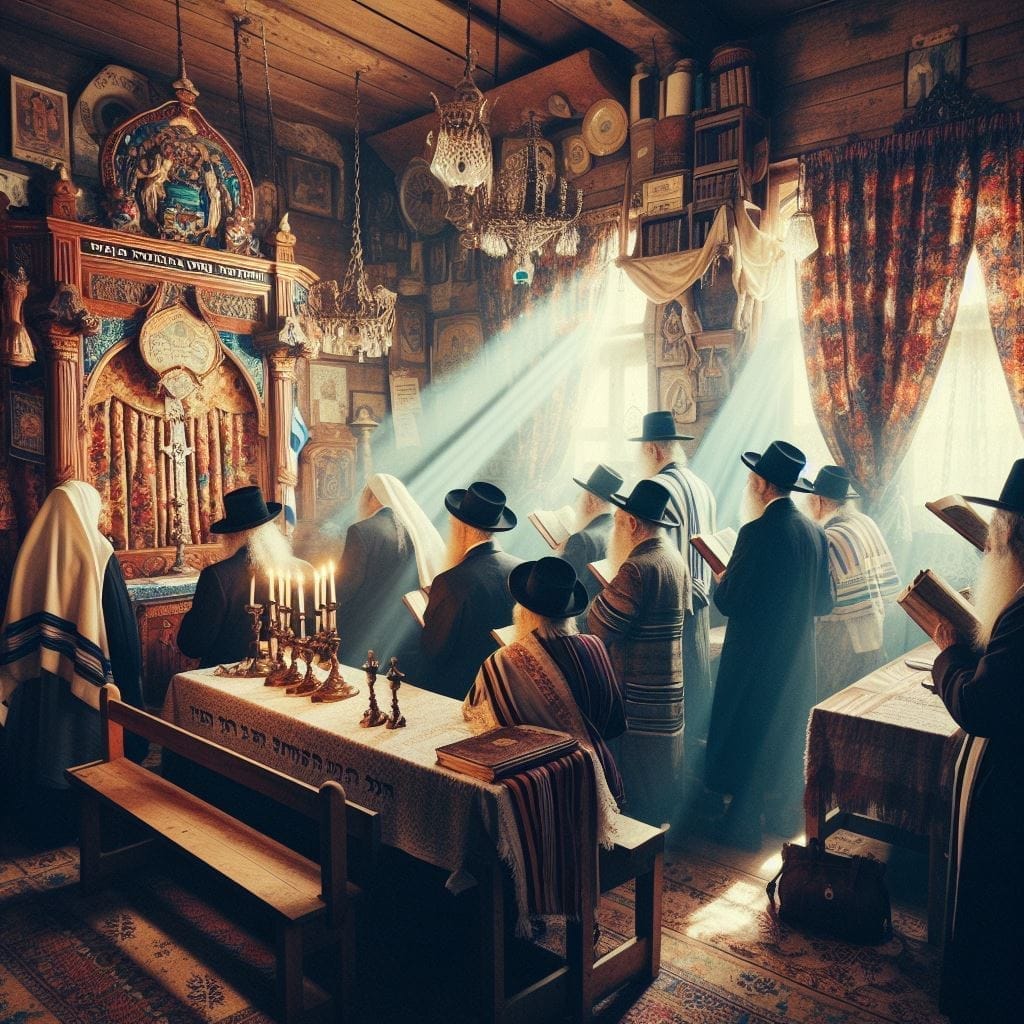
14) Anticipating Pushback (Rapid-Response)
“Moses would have written it.” Ancient law codes always presume judicial elaboration. Deut 17 positively commands recourse to authorized judges whose oral rulings bind the people.
“But tradition added.” Yes—as tradition, clearly labeled (d’rabbanan), to protect d’Oraita. That’s not “adding to God’s word” in the forbidden sense; it’s legislating at the human level to guard the divine.
“Jesus condemned tradition.” He condemned corrupt tradition and hypocrisy, not the seat of law. He kept the matrix of Jewish life that tradition sustained.
“It’s oppressive.” In practice, halakha includes mercy valves and proportionality. Oppression is misuse, not essence.
“Karaites managed.” They created a new tradition, often harsher, then moderated—i.e., they re-enacted the halakhic dynamic without admitting it.
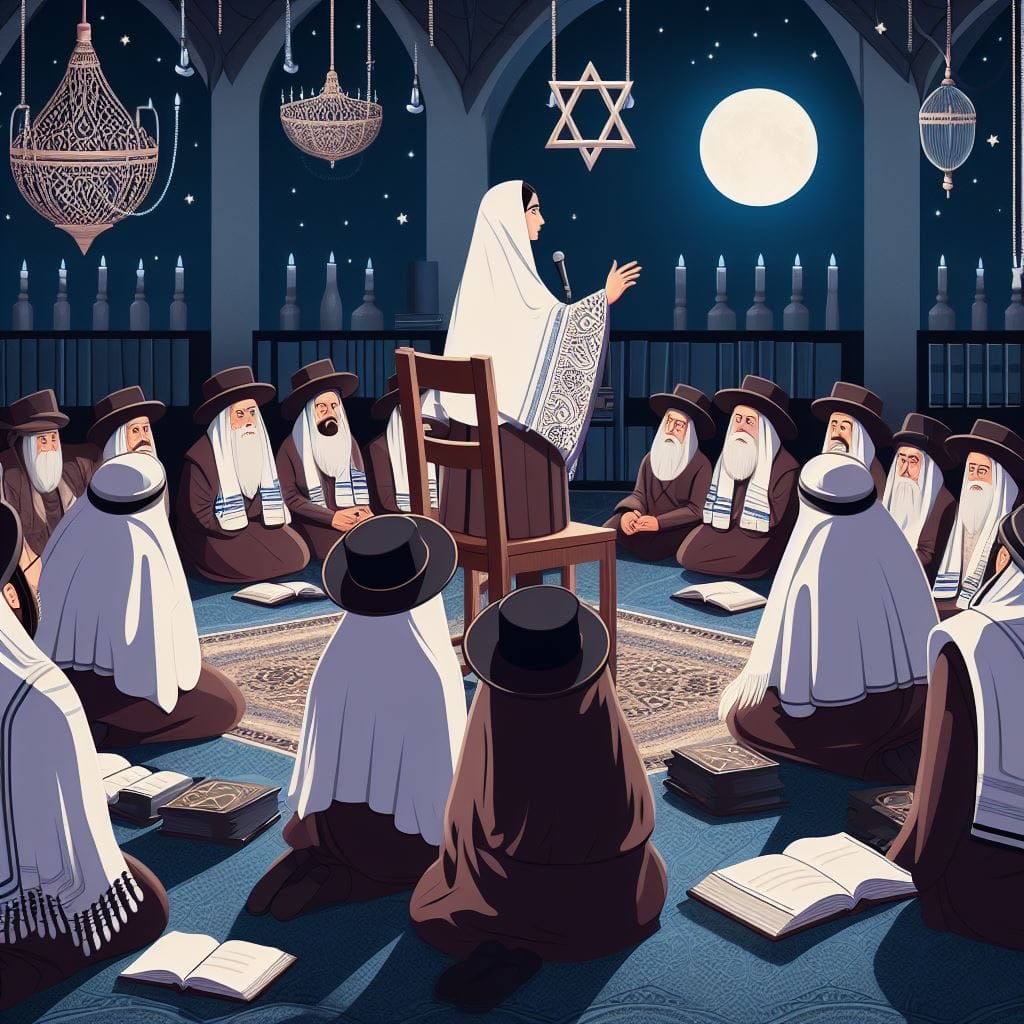
15) Why This Matters (Not Just to Win a Debate)
This isn’t about rabbinic pride. It’s about holiness with coherence:
Holiness: A life shaped by Shabbat, kashrut, justice, prayer, marriage, speech, charity.
Coherence: One people sharing one law with one memory, across continents and centuries.
The Oral Torah is what turns commandments into communion—with God and with Israel.
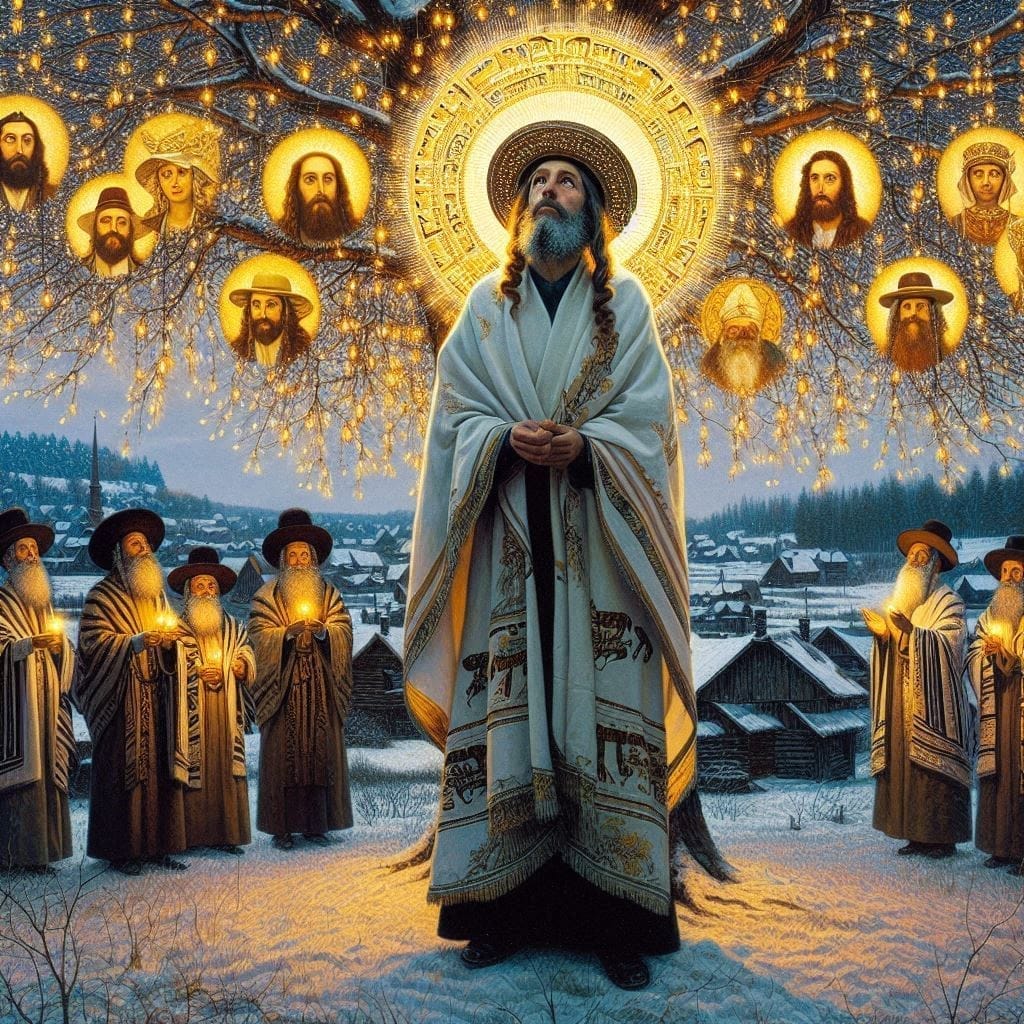
16) Does This Pass a Sanity Test?
Any robust teaching must withstand two levels of scrutiny: internal coherence and external pressure.
Internal coherence:
The argument is consistent. It claims Oral Torah is necessary because the Written Torah is under-specified, and then proves it with practical examples (shechitah, Shabbat, tzitzit, niqqud).
It anchors itself historically with evidence (Maccabees, Josephus, Dead Sea Scrolls, Masoretes) that predates rabbinic codification, showing oral law was in circulation.
It clearly distinguishes halakha from aggadah, law from lore, preventing category confusion.
It accounts for development without collapse, by showing continuity: oral → Mishnah → Talmud → codifiers.
External pressure:
When pushed by the “Bible-only” critique, the system responds: without oral law, the commandments cannot even be defined.
When pushed by “rabbis invented it,” the system responds: invention is historically implausible and contradicted by earlier sources.
When pushed by “Jesus rejected it,” the system responds: he attacked abuses, not the teaching office, and his own practice fits within halakhic Judaism.
When pushed by “too burdensome,” the system responds: halakha contains mercy valves, proportionality, and shared communal norms—whereas anti-rabbinic movements invent their own heavy-handed substitutes.
Conclusion of sanity test: The teaching is coherent, consistent, historically anchored, and polemically resilient. It passes the test because it does not collapse under its own claims, nor under the strongest objections raised against it.

17) Final Call: Choose a System, Not a Slogan
If you want Torah as more than a slogan, you must choose a system. The halakhic system is not flawless—but it is accountable, cumulative, merciful, and real. It carried Israel through Temple, exile, ghetto, and emancipation, and it still orders Jewish life today.
You can reject that and build your own. But then be honest: you’ve built an oral tradition too—just thinner, younger, and untested. Or you can step into the chain that starts at Sinai, flows through Yehoshua, elders, prophets, Tannaim, Amoraim, Geonim, Rishonim, and Acharonim—the only chain that has kept the Torah livable.
The choice isn’t between “Bible” and “rabbis.” The real choice is between Torah with a working covenantal system and Torah as a slogan that collapses on contact with real life.
Choose the system.
Choose life.
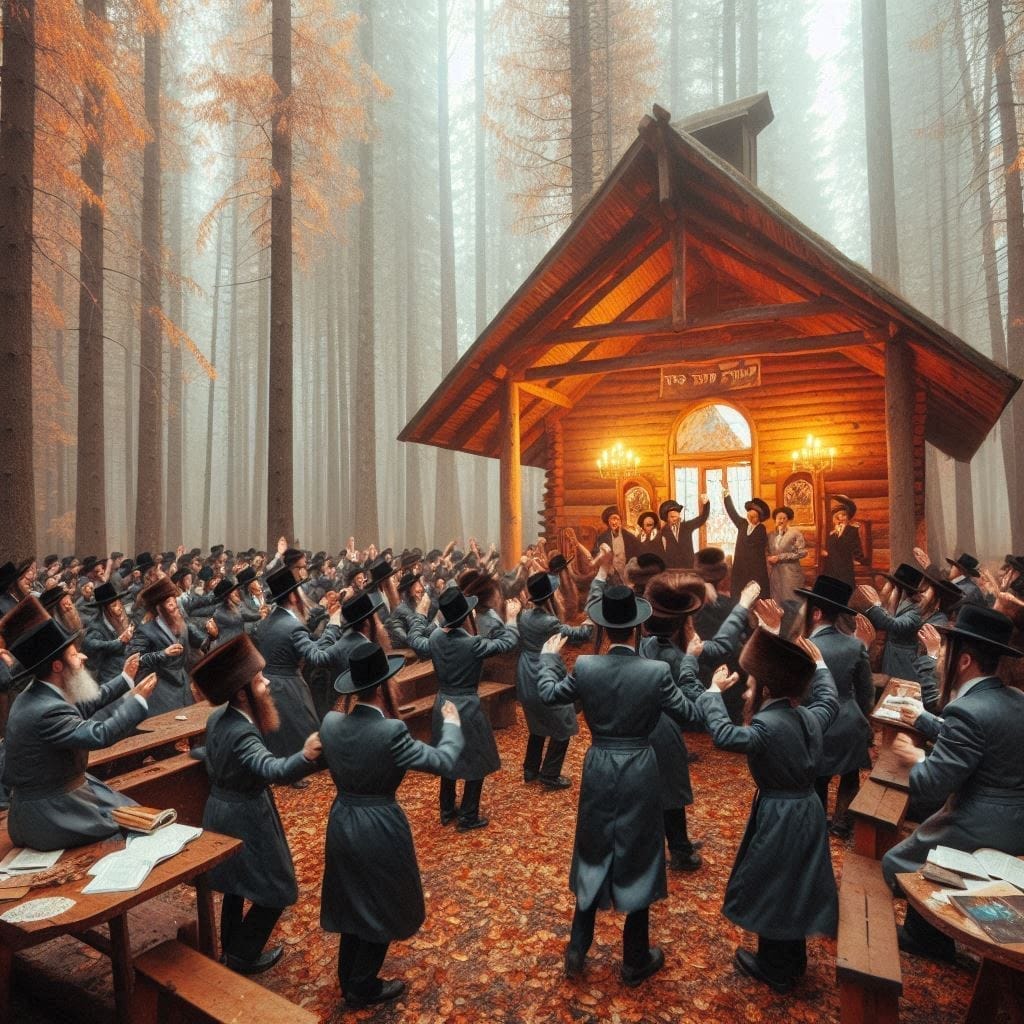
Subscribe now.
Sign up for our newsletter to get the most interesting stories of the day straight to your inbox before everyone else
Created with © systeme.io • Privacy policy • Terms of service


